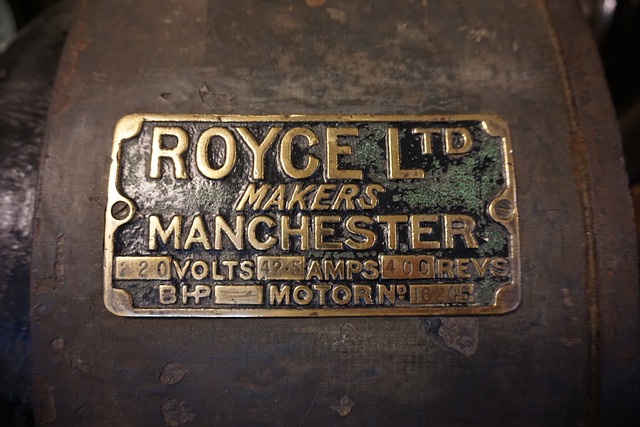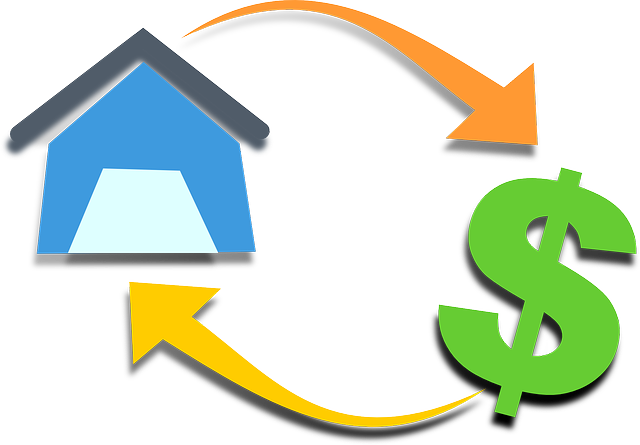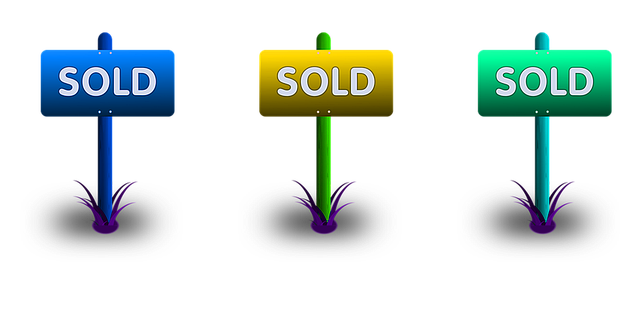In the Real Estate sector, conventional mortgages serve as a key financing option, offered by private lenders based on creditworthiness and property value. Unlike government-backed loans, they aren't insured by agencies like FHA or VA. Conventional mortgages offer flexible terms—including adjustable interest rates, 15-30 year fixed rates, and down payments starting at 5%—appealing to borrowers with diverse financial needs. While riskier for lenders without government backing, these mortgages often come with lower interest rates and are favored in the competitive Real Estate market.
In the real estate market, understanding conventional mortgages with flexible terms is a game-changer. Unlike government-backed loans, these mortgages offer a diverse range of term options, catering to various borrower needs. This article delves into the intricacies of conventional mortgages, highlighting their definition and distinction from other loan types. We explore traditional fixed-term mortgages, adjustable-rate mortgages (ARMs), and the impact of interest rate adjustments. Furthermore, we analyze the benefits and considerations for borrowers, providing insights on suitable candidates and valuable tips for term length selection in the competitive real estate landscape.
Understanding Conventional Mortgages: A Real Estate Perspective

In the real estate world, conventional mortgages serve as a cornerstone for purchasing properties. These loans, not insured by government agencies like FHA or VA, are typically provided by private lenders and conform to specific guidelines set by industry standards. Understanding conventional mortgages is crucial for both buyers and lenders in navigating the real estate market. The term ‘conventional’ refers to the loan’s eligibility for purchase by secondary markets, such as Fannie Mae and Freddie Mac, which play a significant role in keeping mortgage rates competitive and accessible.
From a real estate perspective, conventional mortgages offer flexibility in terms of interest rates and repayment periods, catering to diverse buyer needs. This flexibility allows prospective homeowners to choose loans that align with their financial plans and property acquisition goals. Moreover, these mortgages often require a higher down payment compared to government-backed loans, signaling a significant commitment from the borrower, which can be seen as a positive factor by lenders and investors alike.
– Definition and overview of conventional mortgages

In the real estate world, conventional mortgages are a fundamental financing option for both buyers and refinancers. These loans aren’t insured or guaranteed by government agencies like FHA or VA; instead, they’re offered by private lenders based on the borrower’s creditworthiness and the property’s value. Conventional mortgages come in various types, but they generally share flexible terms that allow borrowers to adjust their monthly payments over time. This adaptability makes them appealing for individuals facing fluctuating incomes or those looking to take advantage of changing interest rates.
When you opt for a conventional mortgage, you’re typically required to make a down payment of at least 5%, although some lenders may offer options with as little as 3%. After approval, borrowers can expect a fixed-rate period, usually lasting from 15 to 30 years, during which their interest rates and monthly payments remain consistent. This predictability simplifies budgeting for many homeowners. Furthermore, conventional mortgages often come with lower interest rates compared to other loan types, making them a popular choice in the competitive real estate market.
– How they differ from government-backed loans

Conventional mortgages with flexible terms offer a unique alternative to traditional, government-backed real estate loans. Unlike Federal Housing Administration (FHA) or Veterans Affairs (VA) loans, which are insured by the government and often come with strict guidelines and requirements, conventional mortgages allow for more flexibility in terms of interest rates, repayment periods, and down payment amounts. This makes them attractive to borrowers who have strong credit scores and a stable financial position, as they can secure favorable loan conditions.
The key difference lies in the level of risk and guarantees involved. Government-backed loans provide a safety net for lenders by insuring against default, which keeps interest rates lower and qualifications more lenient. Conventional mortgages, on the other hand, carry a higher degree of risk for lenders without this government backing. As such, borrowers with conventional mortgages typically need to demonstrate superior creditworthiness and financial stability to secure the best terms. This ensures that lenders are compensated for the increased risk associated with these flexible loan options in the real estate market.






